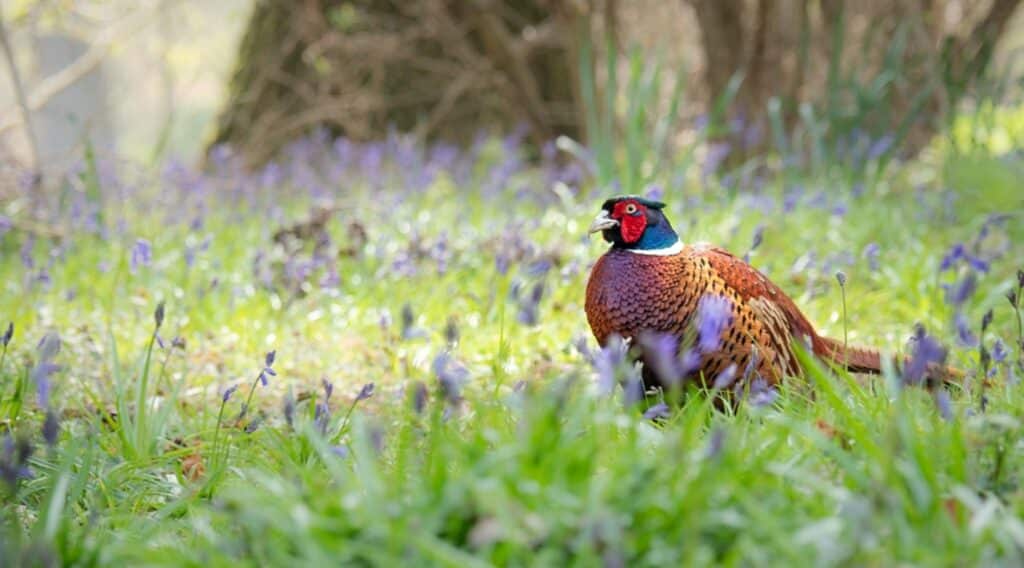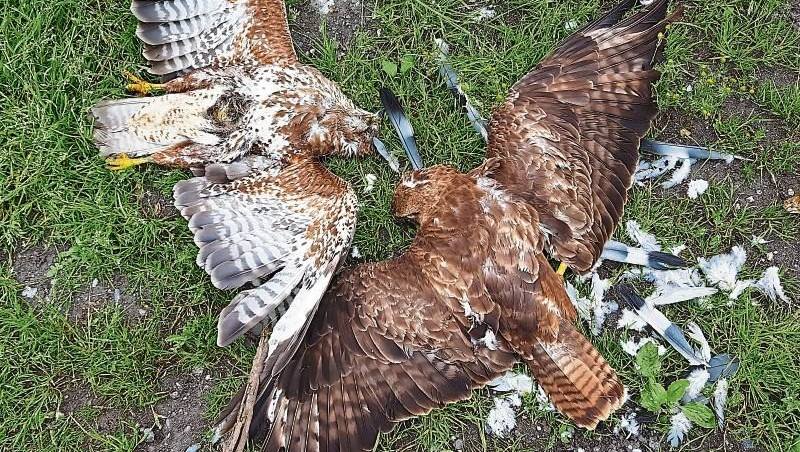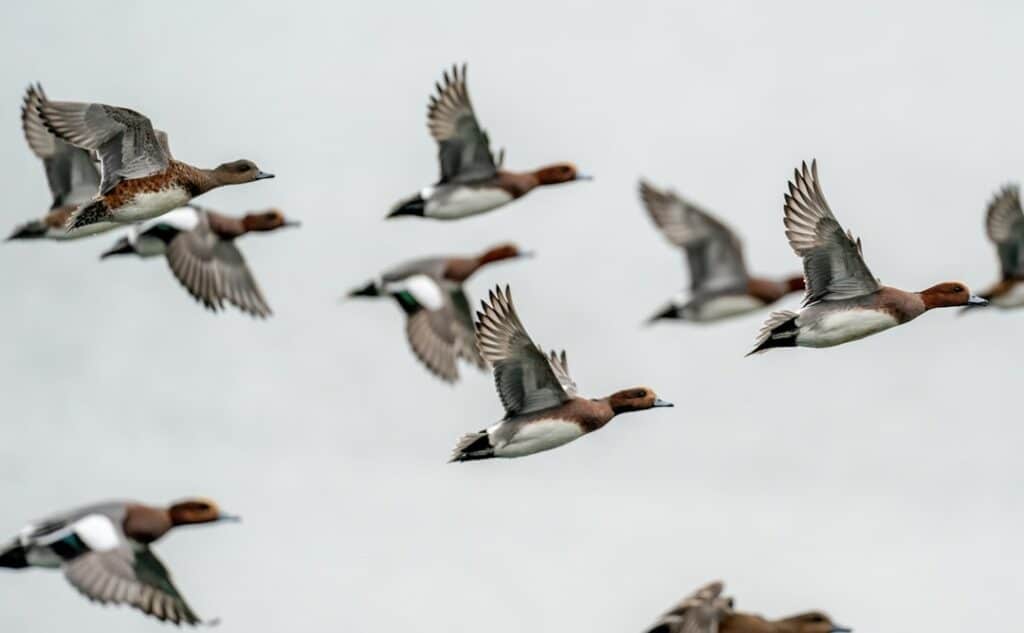What is ‘pheasant shooting’?
Put simply, pheasant shooting is the annual slaughter of millions of birds, which are shot as live targets between October and the end of January (the so-called ‘open season’ for pheasant shooting).
But just as with ‘grouse shooting’ this isn’t something that can or should be put simply. It is a major element of a horrifying industry that involves the destruction of millions of birds, thousands of foxes and native predators, raptor persecution, and the closure of huge areas of land to the general public. Some key facts:
Some key facts:
- Almost everyone will know what a pheasant looks like, but the species shot for fun (the Common or Ring-necked Pheasant Phasianus colchicus) is not native to the UK. Pheasants are essentially ‘farmed for the gun’ and so common here because so-called ‘sportsmen’ want to shoot them.
- An incredible 40 million pheasants are released into the countryside every year – so many that if the weight of all the UK’s birds could be added up, in the late summer pheasants would account for about half the total.
- High densities of pheasants have been shown to alter the structure of hedgerows, cause significant changes in invertebrate communities, and have long-term negative impacts on woodland species, diversity and structure.
- In 2020 Defra added the Common Pheasant to Schedule 9 of the Wildlife and Countryside Act, which contains species which cause ecological, environmental or socio-economic harm.
- Historically pheasants were shot in small numbers by shooters ‘walking up’ towards them and flushing them. Pheasants are now typically ‘driven’ out of cover by beaters towards the guns, a practice once confined to Europe but popularised when Queen Victoria married Prince Albert who brought the mass slaughter of driven birds with him to the UK.
- A group of paying shooters will typically expect to kill 250 – 300 ‘driven’ pheasants in a day between them, but there is no legal limits and on some shoots many more birds will be killed.
- According to the industry’s own figures a quarter of all the pheasants they raise to shoot die before shooting even starts.
- Research from Cardiff University and Exeter University in 2017 found that pheasants are 13 times more likely to die on roads than other birds, and that almost 7% of all roadkill on Britain’s roads involve pheasants – a bird that wouldn’t even be here if it wasn’t for the shooting industry.
- Snares in England are used almost entirely by the shooting industry to ‘protect’ pheasants from native predators like foxes – the very same animals that benefit from the enormous amounts of ‘pheasant roadkill’ that the industry provides them with! The truth is that without the abundance of dead pheasants provided to them by the shooting industry, there would be fewer predators anyway!

-
Pheasant shooting isn’t some sort of an abstract concept or fairground game. It is the real killing of countless birds for fun, and the cruel and ecologically illiterate slaughter of tens of thousands of native animals to ‘protect’ pheasants just long enough for them to be shot.

READ OUR RECENT SUBSTACK ARTICLES ABOUT THE SHOOTING INDUSTRY
Hen Harrier ‘successes’ don’t tell the full story (October 2025)
Epidemic of Gun Violence Engulfs 50 Million Victims Each Year (October 2025)
Red Kite poisoned with banned pesticide (September 2025)
Satellite-tagged Golden Eagles missing near Langholm (September 2025)
Dead ducks and geese: Lindisfarne, NE, and BASC (September 2025)
